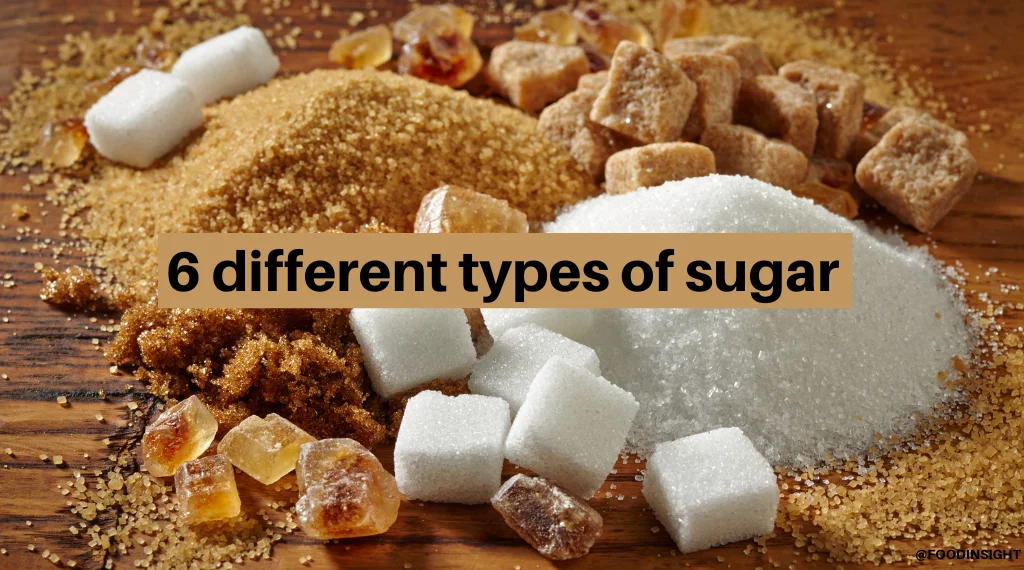The sourcing of beet sugar vs cane sugar affects farming impact in the sugar industry.
The sourcing of beet sugar vs cane sugar affects farming impact in the sugar industry.
Blog Article
Discover the Uses and Conveniences of Beet Sugar Vs Cane Sugar in Your Daily Diet
Exploring the unique high qualities of beet and cane sugar discloses greater than just their sweetening abilities; it highlights their one-of-a-kind effect on health and culinary arts. Beet sugar, understood for its refined flavor, is usually favored in delicate treats, whereas cane sugar, with its hint of molasses, includes splendor to robust meals. Each kind holds its very own nutritional profile and glycemic ramifications, inviting a deeper understanding of their functions in a well balanced diet and sustainable usage techniques.
Origin and Manufacturing Procedures of Beet and Cane Sugar

The distinctive climates and soil kinds needed for growing sugar beets and sugarcane add to distinctions in their cultivation practices and geographical circulation, influencing the economics and sustainability of their production. beet sugar vs cane sugar.
Nutritional Contrast In Between Beet Sugar and Cane Sugar
Regardless of originating from various plants, beet sugar and cane sugar are nutritionally very comparable, both mainly including sucrose. Each gives regarding 4 calories per gram, translating to roughly 16 calories per tsp. Structurally, both sugars are composed of about 99.95% sucrose, with very little amounts of various other substances like wetness and trace minerals, which do not significantly change their nutritional profiles.

Inevitably, when choosing in between beet sugar and cane sugar based on dietary material alone, both offer similar advantages and disadvantages as they are basically types of the same particle-- sucrose, offering fast power without various other nutrients.
Effect On Health: Glycemic Index and Caloric Content
Checking out additionally into the impacts of beet sugar and cane sugar on health, it is important to consider he has a good point their glycemic index and caloric web content. The glycemic index (GI) of both beet and cane sugar is around 65, classifying them as high-GI foods, which can trigger quick spikes in blood sugar degrees.
Each kind of sugar consists of about 4 calories per gram, making their calorie web content matching. For those keeping track of caloric consumption, particularly when managing weight or metabolic health problems, comprehending this equivalence is important (beet sugar vs cane sugar). However, too much consumption of any type of high-calorie, high-GI food can add to health and wellness problems such as weight problems, cardiovascular disease, and insulin resistance.
Environmental and Economic Considerations of Sugar Manufacturing
Beyond health and wellness impacts, the manufacturing of beet and cane sugar also elevates considerable ecological and economic problems. Sugar beet growing often tends to need cooler environments and has a lower geographical impact compared to sugar cane, which prospers in tropical regions. However, both crops are extensive in terms of water use and land occupation, possibly leading to logging and water scarcity. Financially, the global sugar market is very unstable, affected by adjustments in international profession policies and aids. Many nations incentivize sugar production with economic support, skewing market rates and impacting small farmers negatively.
Additionally, making use of chemicals and fertilizers in both beet and cane sugar growing can view website cause soil degradation and air pollution, further impacting biodiversity and regional water bodies (beet sugar vs cane sugar). The option between cultivating sugar beet or cane often hinges on regional environmental problems and financial aspects, making the sustainability of sugar manufacturing an intricate concern
Culinary Applications and Flavor Distinctions
While the why not try these out environmental and financial facets of sugar production are indeed substantial, the selection between beet and cane sugar likewise affects cooking applications and taste profiles. Beet sugar, obtained from the sugar beet plant, is understood for its remarkably neutral preference.
Cane sugar, drawn out from sugarcane, often keeps molasses traces, which present an unique splendor and depth. This slight molasses taste enhances the intricacy of baked items, sauces, and marinates. It is particularly preferred in items where a caramel touch is desired, such as in brownies or gingerbread. In addition, the minor variant in wetness web content between beet and cane sugar can impact the texture and uniformity of dishes, making cane sugar a favored selection for particular dishes that gain from its unique residential or commercial properties.

Conclusion
In final thought, both beet and cane sugar have unique origins and manufacturing procedures, supplying similar nutritional profiles with slight distinctions in salt web content and flavor. While their impact on health and wellness, especially relating to glycemic index and calories, is equivalent, the selection between them typically boils down to environmental, economic aspects, and particular culinary needs. Recognizing these elements can assist consumers in making notified decisions that align with their health goals and taste choices.
Report this page